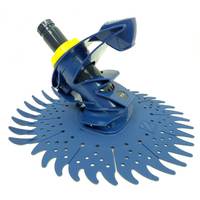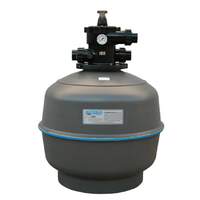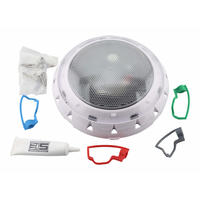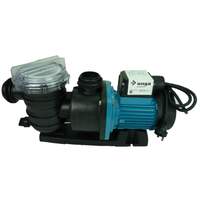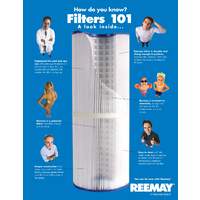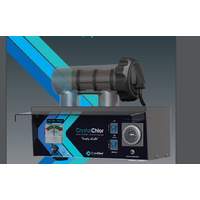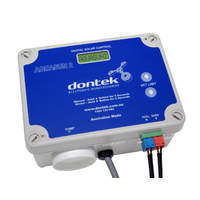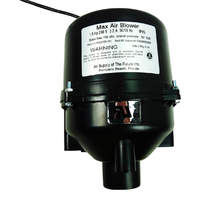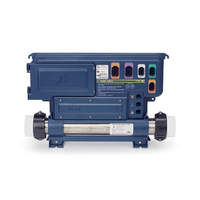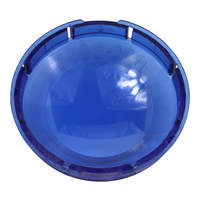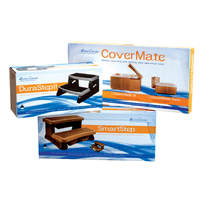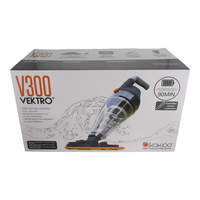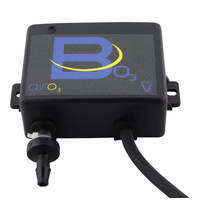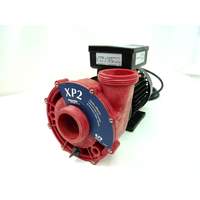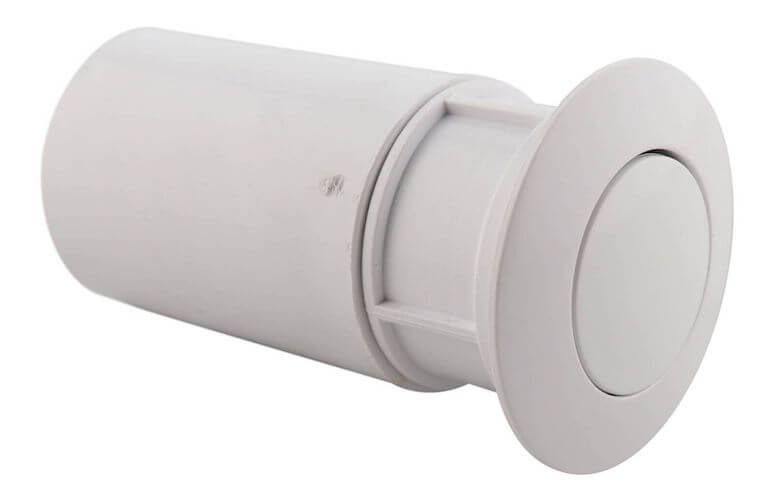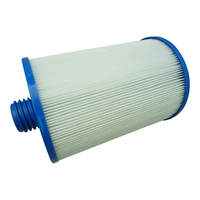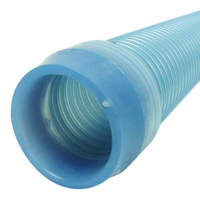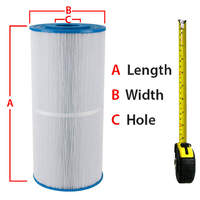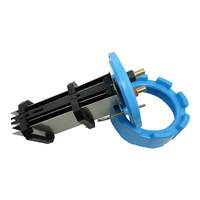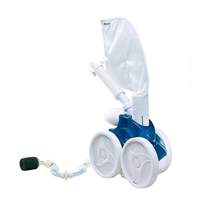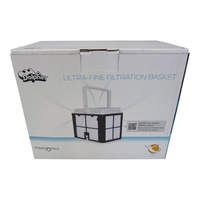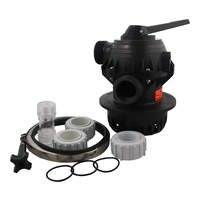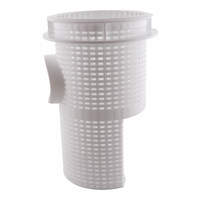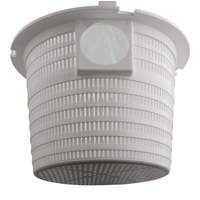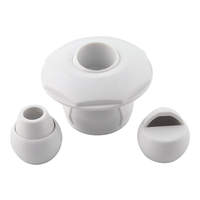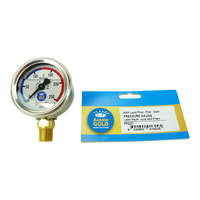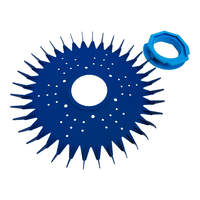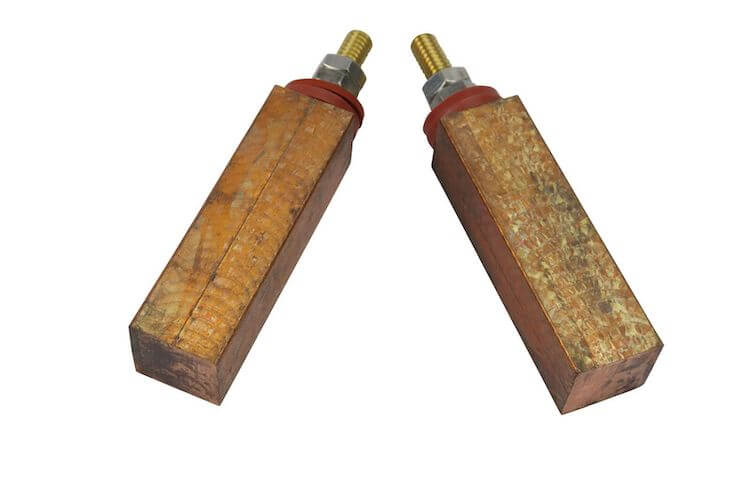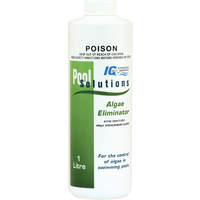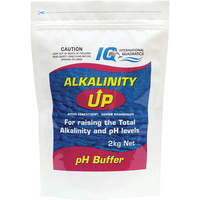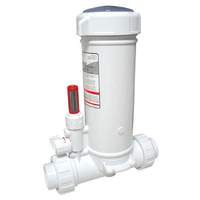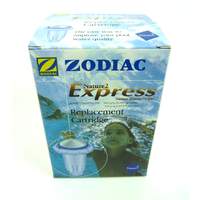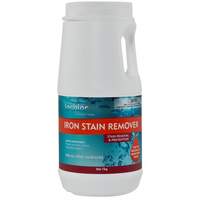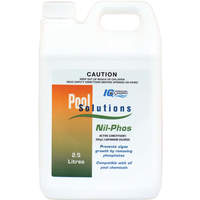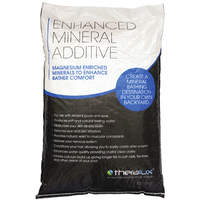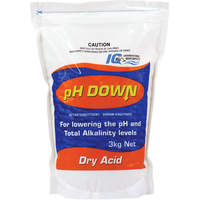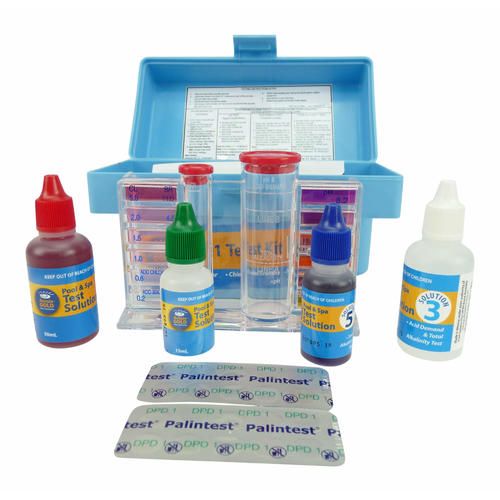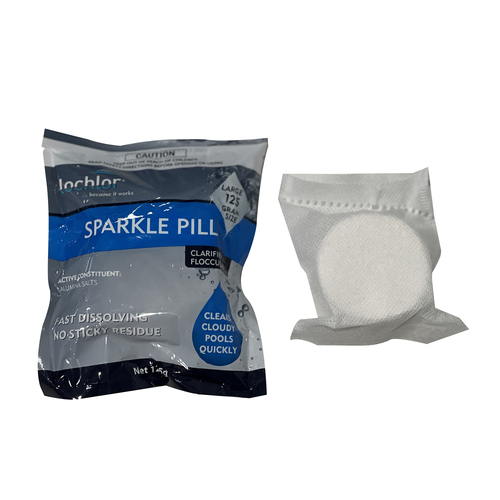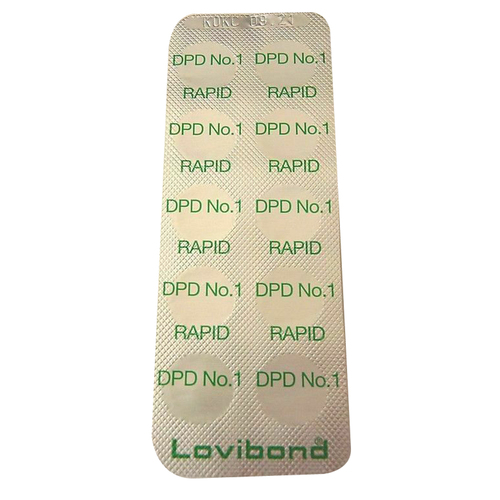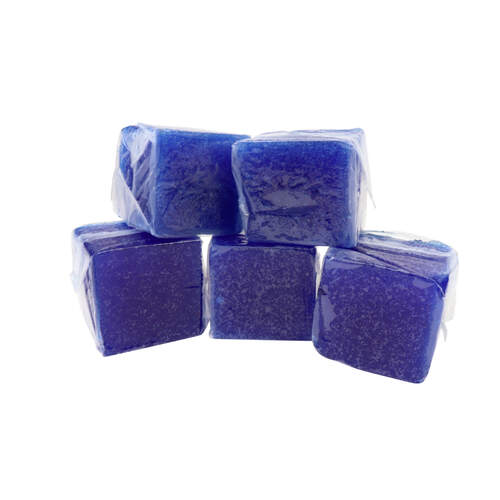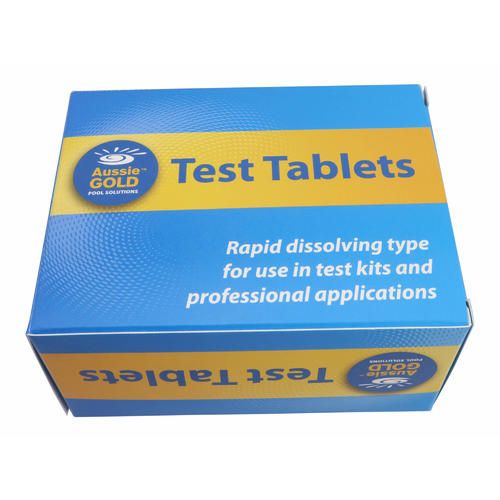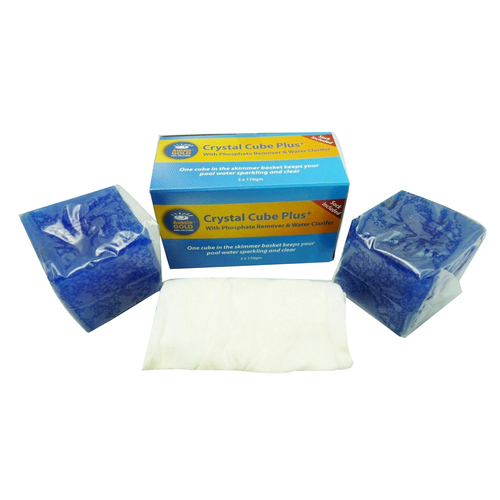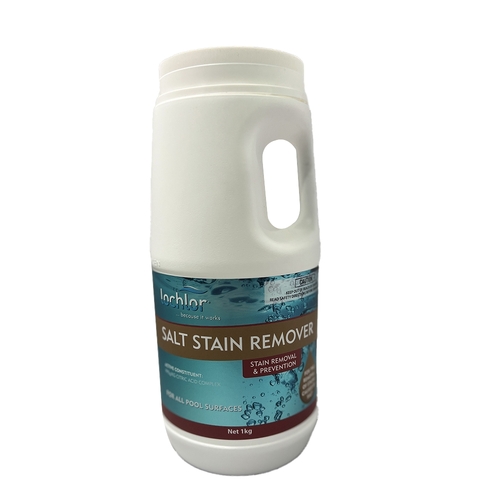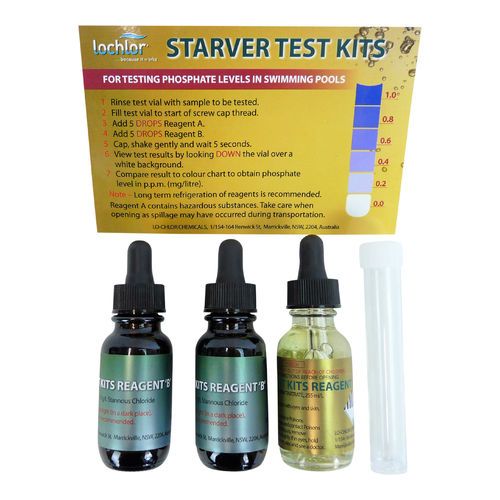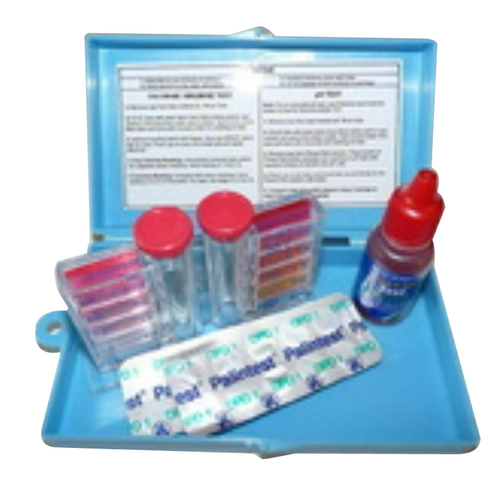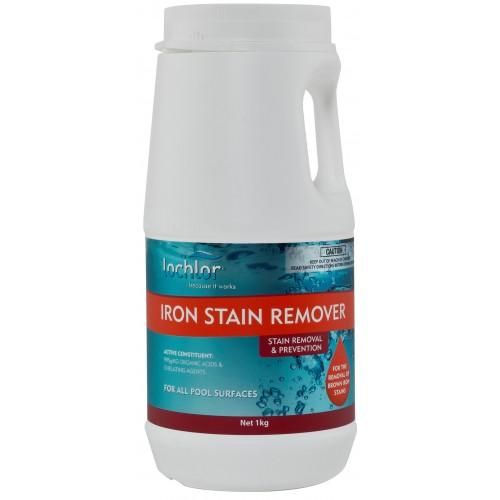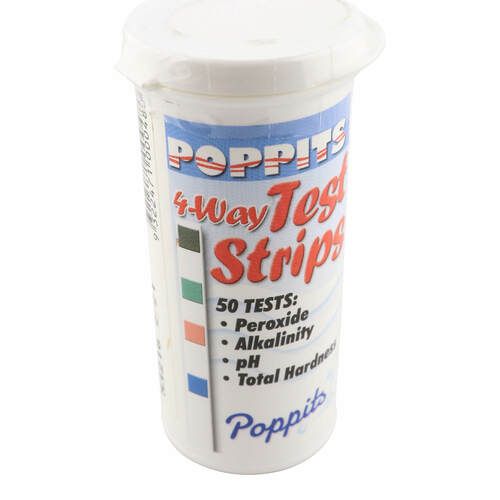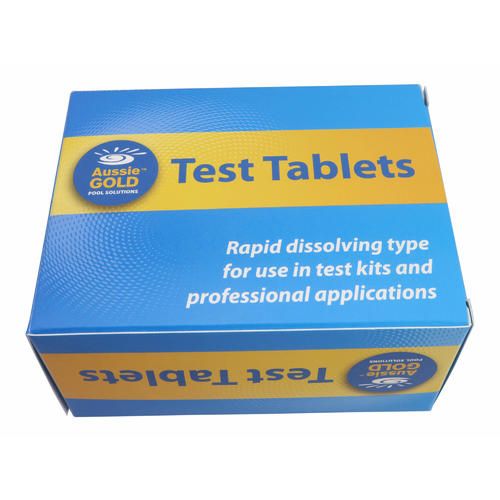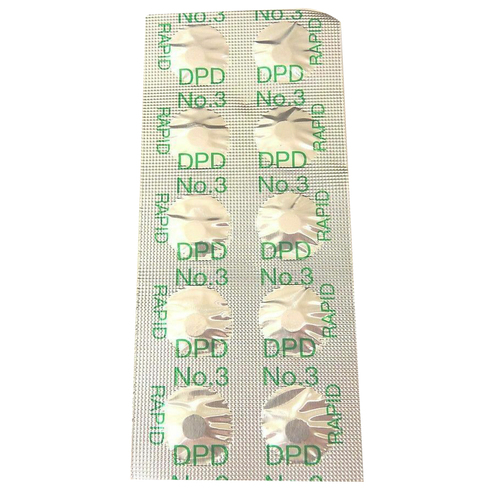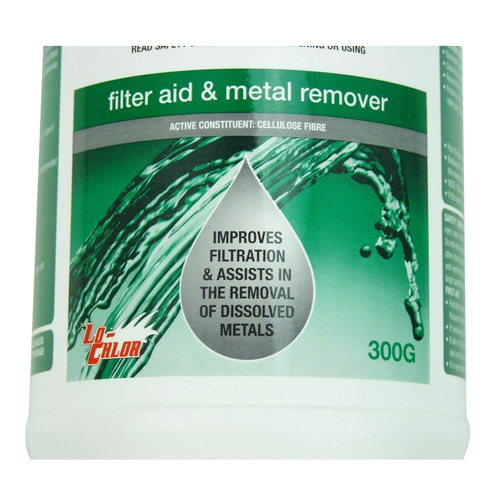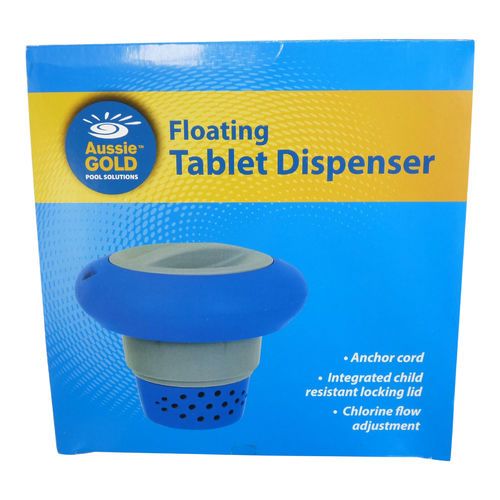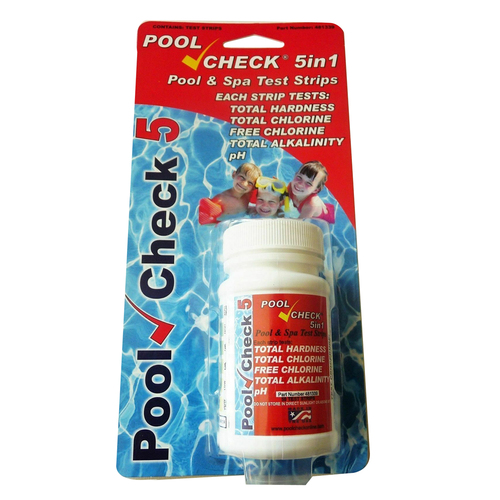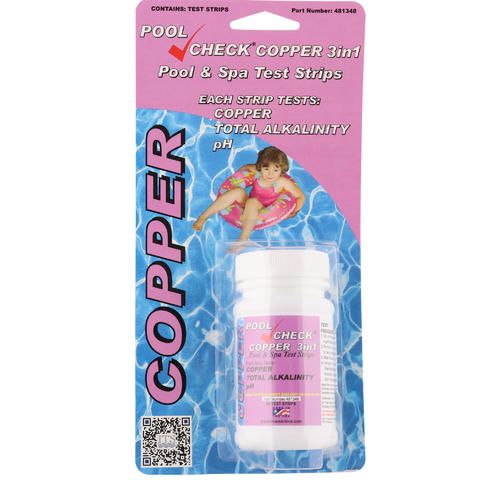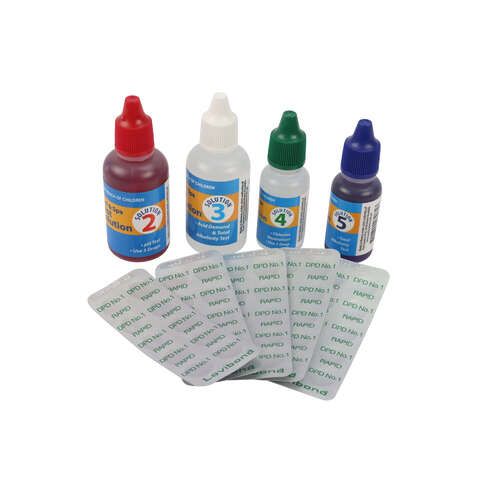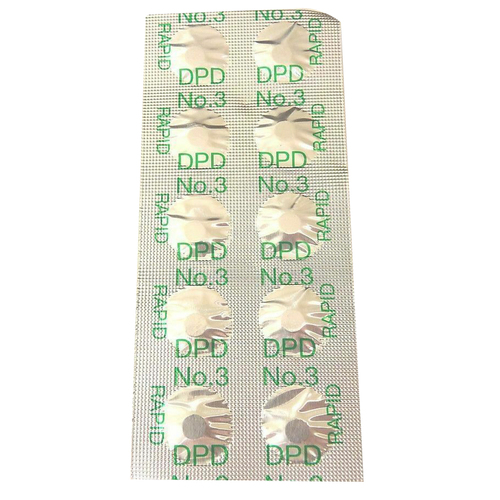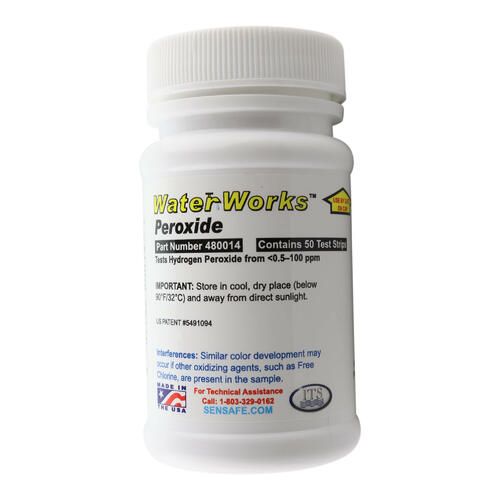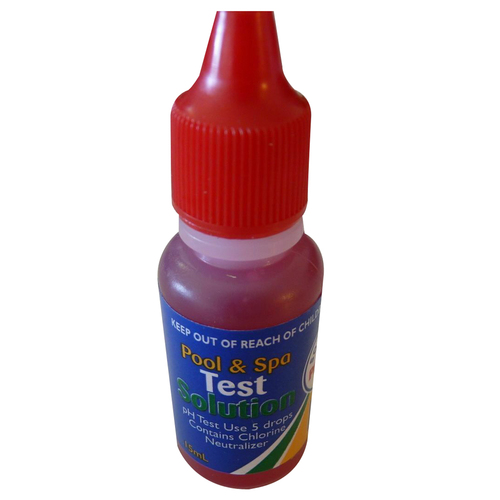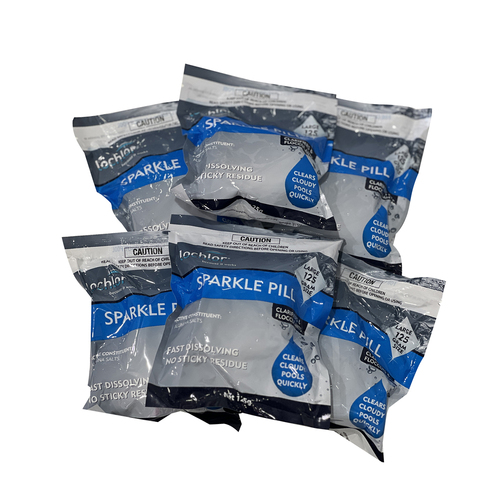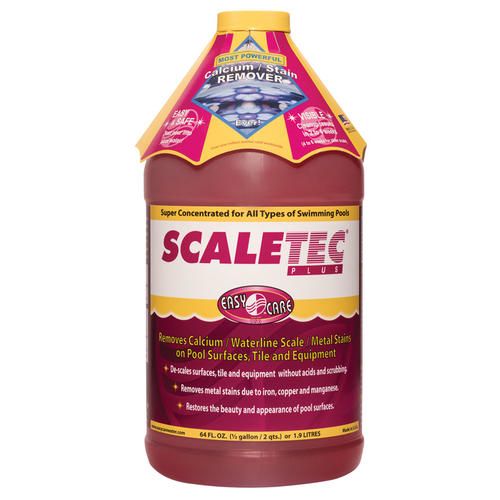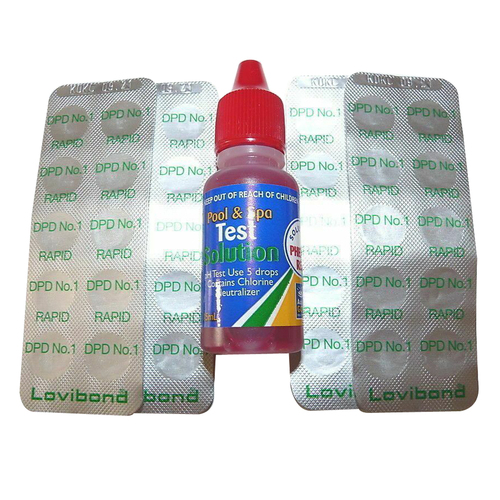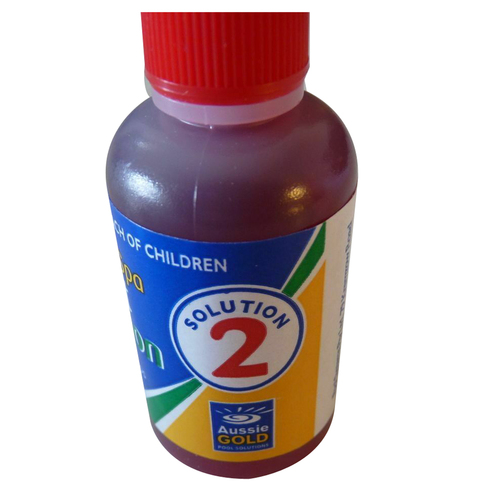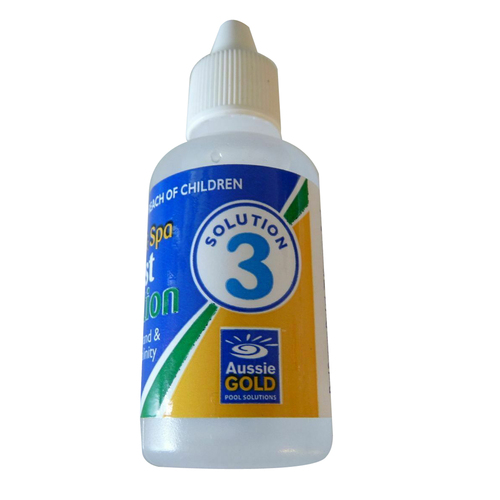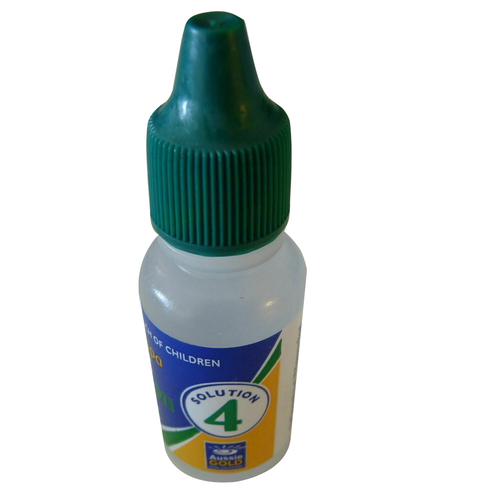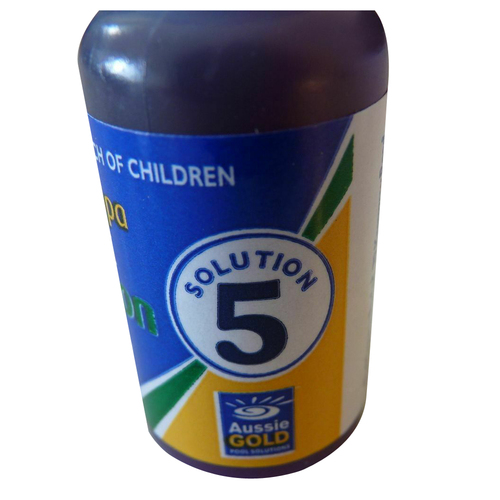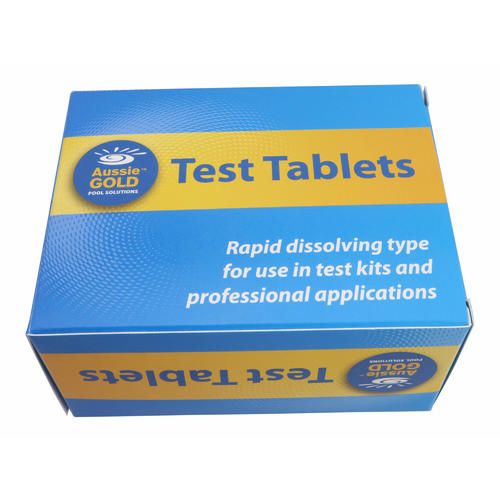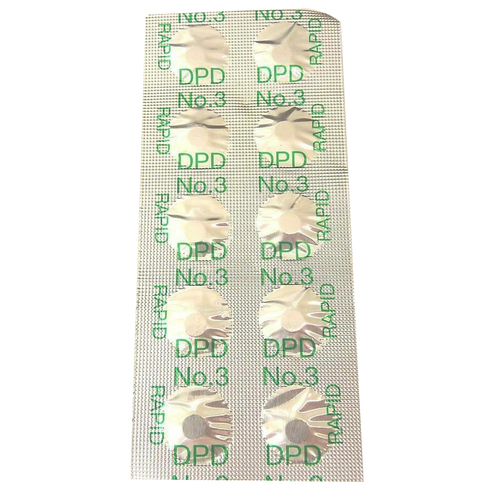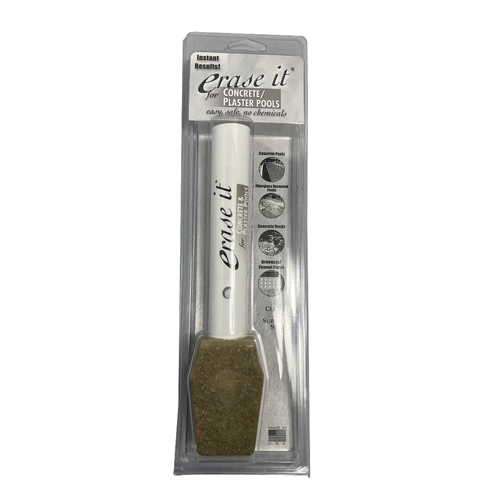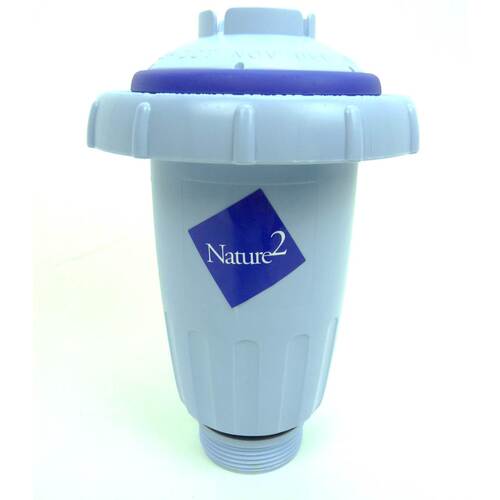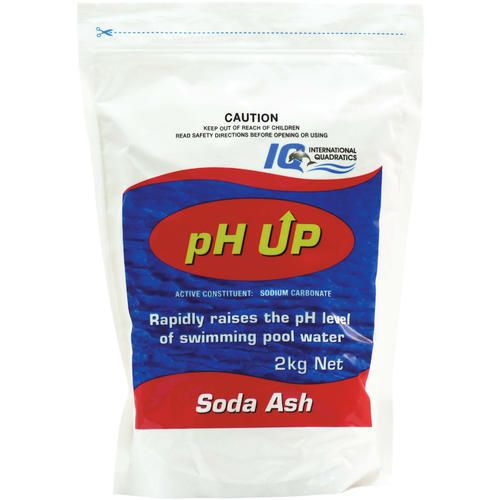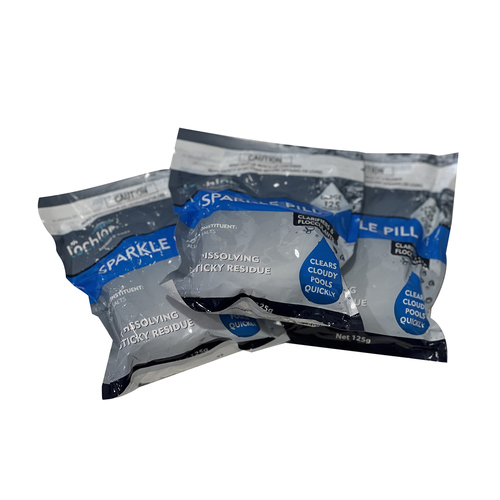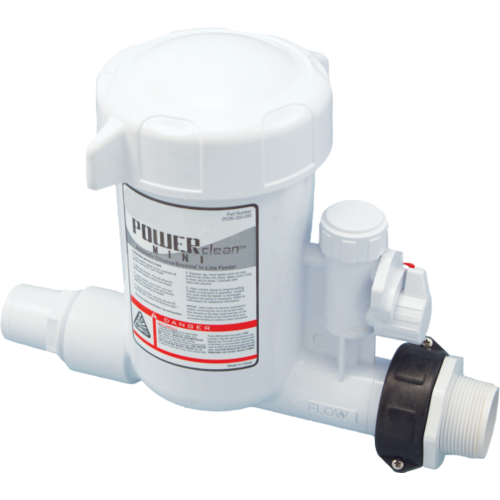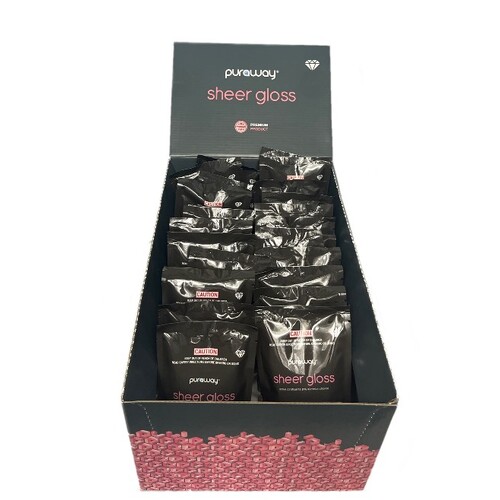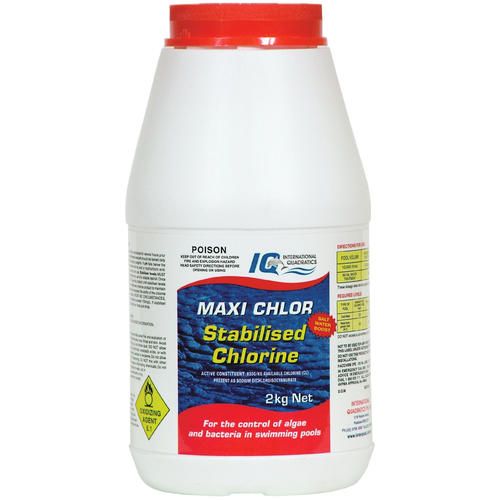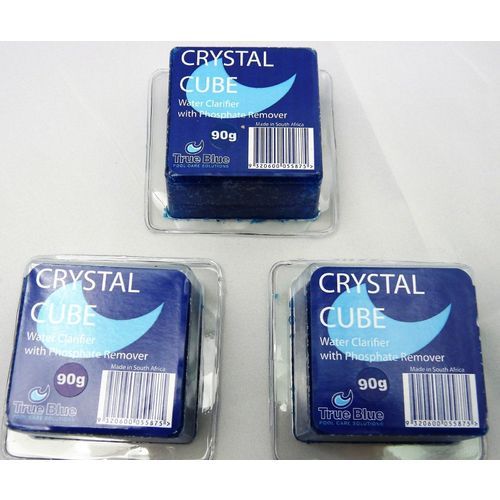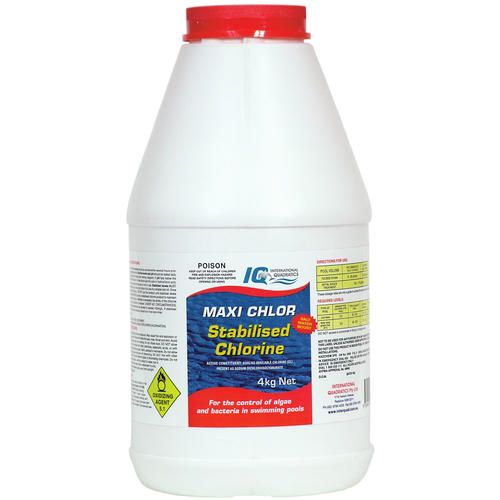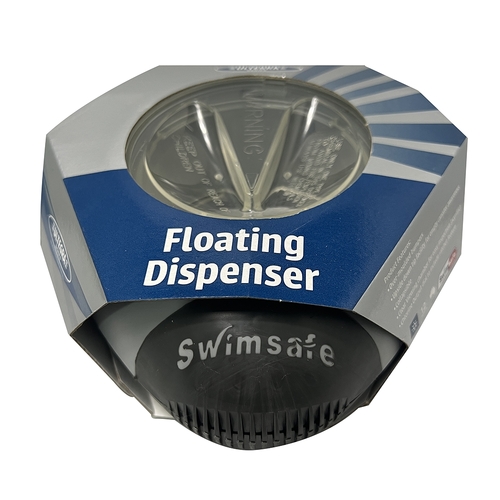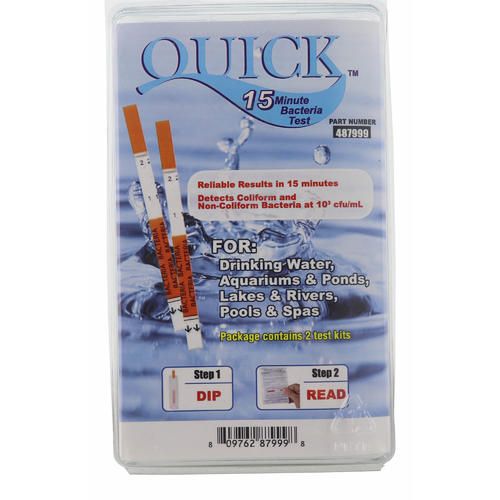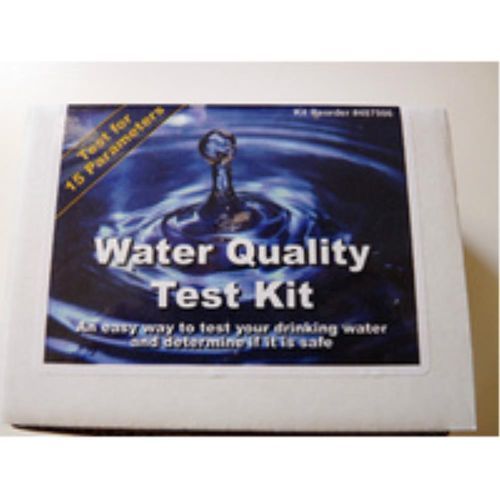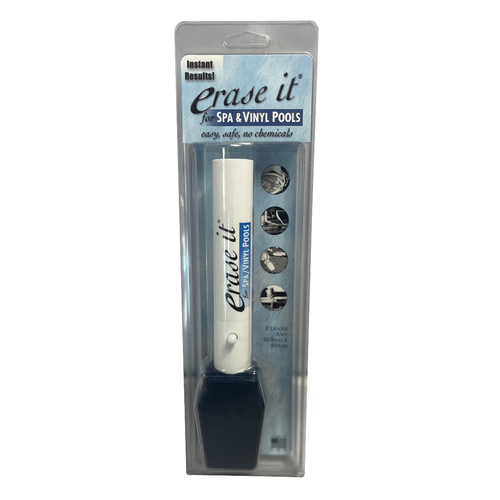IMPORTANT NOTICE ABOUT SHIPPING
Please be aware that certain chemicals, such as liquid chlorine and acids, are classified as Dangerous Goods and cannot be shipped via standard courier services due to Australian transport regulations. These products are clearly marked 'Click & Collect Only' on their respective pages.
For complete details on our shipping policy, how our Click & Collect service works, and essential safety guidelines, please read our comprehensive pool chemical shipping information.
Chemicals & Testing
Filter By Water Test
-
Filter By Category
- Accessories & Maintenance (5)
- Pool Accessories (5)
- Chemicals & Testing (63)
- Algaecides (2)
- Chlorine Feeders (5)
- Clarifiers and Flocculants (13)
- pH Reducers (1)
- Phosphate Remover Starver (2)
- Pool And Spa Minerals (1)
- Pool pH Buffer Chemicals (1)
- Spa Chemicals (3)
- Stain Removers (8)
- Test Kits (24)
- Zodiac Nature 2 Pool and Spa (3)
- Pool Equipment (2)
- Pool Chlorinators (2)
- Spa Supplies (1)
- Spa Accessories (1)
-
Filter By Stock
Filter By Brand
Your Hub for Crystal-Clear Pool & Spa Water
Welcome to Aquaneo’s Pool & Spa Chemicals and Water Testing hub. Keeping your water sparkling clean, safe, and perfectly balanced is easier than you think with the right products and knowledge. Our selection of ph reducers, pool salt and minerals, sun blocks, maintenance products and accessories includes the leading brands in pool care. Aquaneo also supplies algecides and chlorine reduction chemicals that protect your pool from algae which can leave unsightly stains behind on pool surfaces and fittings, sanitisers; which are used to treat recreational water including spas/hot tubs, and phosphate agents that will prevent scale build up on pool plaster.
Achieving Perfect Water: A Simple Guide
Maintaining your pool or spa comes down to a simple, repeatable routine. Understanding this process helps you choose the right products every time.
Test Your Water
Regular testing is the first and most critical step to a healthy pool. It removes the guesswork and tells you exactly what your water needs to be safe and balanced. Explore our range of easy-to-use Test Strips, Liquid Kits, and Digital Testers to get accurate readings in minutes.
Sanitise & Protect
Sanitisers are essential for eliminating harmful bacteria, viruses, and other microorganisms, preventing algae growth, and keeping your water hygienic. We offer a complete selection of Chlorine, Bromine, and Chlorine-Free options to keep your pool or spa water safe for everyone.
Balance the Chemistry
Proper water chemistry not only ensures swimmer comfort by preventing skin and eye irritation but also protects your valuable pool surfaces and equipment from corrosion and scale buildup. Use our range of pH, Alkalinity, and Calcium balancers to maintain the perfect water chemistry and extend the life of your investment.
The Aquaneo Advantage
When you shop with us, you get more than just quality products. You get a partner in pool and spa care.
- Expert Advice: Our team has decades of hands-on experience. Contact us anytime for personalised help and recommendations.
- Quality Brands: We stock only reputable, high-performance products from trusted manufacturers like Lo-Chlor and Zodiac that we'd use in our own pools.
- Fast Dispatch & Click & Collect: Get your order quickly with Australia-wide shipping or choose our convenient Click & Collect service from our Bongaree store.
- Free In-Store Water Testing: Unsure about your water chemistry? Bring a sample to our store for a free, professional analysis and a step-by-step treatment plan.
Frequently Asked Questions
Here are answers to a few common questions to help you select the right products. For a more detailed list, please visit our comprehensive guide.
Q: What’s the difference between pool and spa sanitiser?
A: While they serve the same purpose, spa sanitisers are often formulated differently. Spas operate at higher temperatures, so chemicals like bromine, which remain stable in hot water, are common. Spa chlorine is typically a fast-dissolving granular type (dichlor) suited for smaller water volumes. In contrast, pools often use slow-dissolving stabilised chlorine tablets, which are not suitable for spas. Always use a product specifically labelled for either pool or spa use.
Q: Which type of test kit is right for me (strips vs. liquid)?
A: It depends on your need for speed versus precision. Test Strips are the fastest and easiest method, perfect for quick daily or weekly checks to ensure levels are in range. Liquid Reagent Kits (drop kits) offer higher accuracy and are preferred by many pool professionals for more precise weekly balancing, as they make it easier to detect small changes in water chemistry.
Q: I have a saltwater pool. Do I still need chemicals?
A: Yes. A saltwater pool is a chlorine pool; it simply uses a salt chlorinator to generate its own chlorine from salt. You will still need to regularly test and balance your water's pH, total alkalinity, and calcium hardness. Saltwater pools naturally experience a rising pH, so adding a pH reducer (acid) is a common requirement. You may also need to add stabiliser and occasionally "shock" the pool if the chlorinator cannot keep up with demand.

